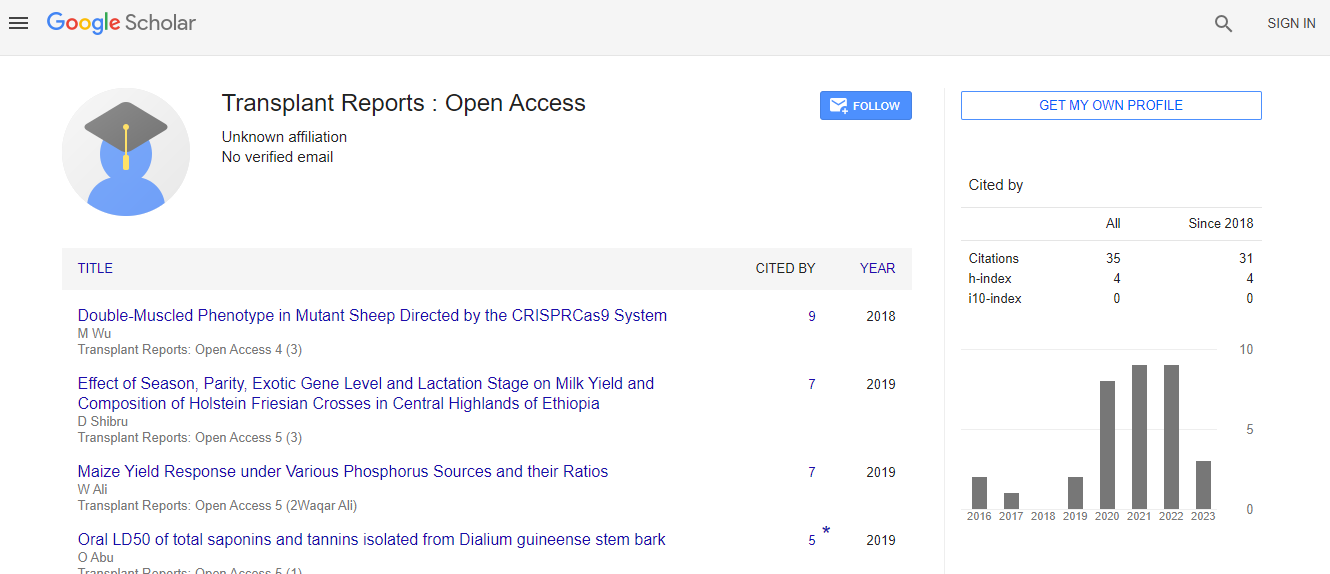Viewing Climate Change Impact through Maize Varietal Sowing at Variant Intervals
*Corresponding Author:
Copyright: © 2018 . This is an open-access article distributed under the terms of the Creative Commons Attribution License, which permits unrestricted use, distribution, and reproduction in any medium, provided the original author and source are credited.
Abstract
When the goal is to prioritize patients for lung transplantation and when a patient’s clinical status is changing over time. Therefore, we presented an approach that uses time-dependent classification error rates which will be wont to characterize the potential performance of a survival model, while accounting for the time-varying nature of the prediction itself. whereas the performance of a baseline measurement declines over time. Thus, previously reported estimates of the accuracy of FEV1% alone don't capture its true performance during a clinical setting. it's clear that patient information should be updated over time to take care of classification accuracy; however, it's also evident that neither FEV1% alone nor existing multivariate models are adequate to be used in practice.Being able to guage a model’s time-varying accuracy can also help guide clinical practice and policy with regards to the frequency of updating patient information. A comparison of 1-year versus 2-year measurements of FEV1%, for instance, showed minor differences in performance.

 Spanish
Spanish  Chinese
Chinese  Russian
Russian  German
German  French
French  Japanese
Japanese  Portuguese
Portuguese  Hindi
Hindi 